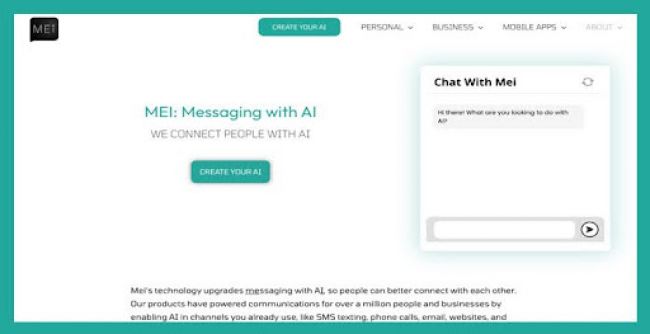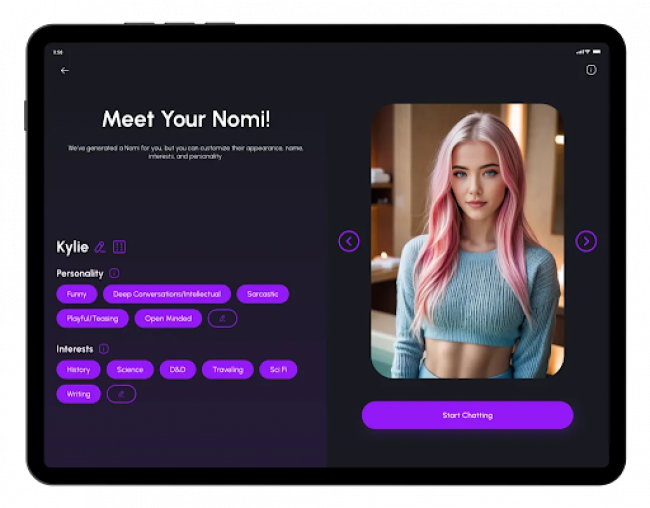Social media management for 2025 requires beyond automatic post scheduling because it involves maintaining consistent content alongside time-saving features and audience engagement tools. Buffer AI functions as an automated tool that delivers content support for managing tasks. The article explains the features of Buffer AI while describing its operational system along with its cost structure and a comparison with competing social media management solutions. The tool enables users to determine if Buffer fits their particular operational framework and content procedures.
What is Buffer AI?
Buffer AI helps users create social media content more efficiently. It can be used to draft captions, rewrite existing posts, or generate new ideas based on a keyword or URL. The tool is designed to support content creation workflows and may be relevant for individuals or teams managing multiple social media platforms.
Tools and features you get with Buffer
- Create: Write posts, use the AI assistant, and organize your ideas.
- Publish: Schedule content across Instagram, Facebook, LinkedIn, TikTok, X, and more.
- Engage: Reply to comments and messages from one place.
- Analyze: Track what’s working and what’s not with performance data.
- Collaborate: Add team members, assign tasks, and keep workflows clean.
- Start Page: A simple tool to create a bio link page — think Linktree but built-in.
Available on web and mobile
Buffer is available as a web app, mobile app (for both Android and iOS), and even a browser extension. You can create content on your desktop, tweak it on your phone, and schedule it while commuting. Everything syncs in real time.
For on-the-go users, the mobile app works well for quick edits, checking analytics, or pushing a last-minute post live.
How to sign up and start using Buffer
Signing up is simple. You can use an email address, Google account, or Apple ID to create your account. Once you’re in, Buffer walks you through connecting your social accounts — no manual setup needed.
You’ll land directly in the “Create” section, where you can start drafting posts or try the AI assistant. If you’re using the free plan, you can connect up to 3 channels and schedule up to 10 posts per channel.
Plans and pricing in 2025

- Free Plan: 3 channels, 10 scheduled posts per channel, and basic features.
- Essentials: $6/month per channel — unlocks analytics, engagement tools, and unlimited posts.
- Team: $12/month per channel — adds collaboration tools for teams.
- Agency: $120/month for 10+ channels — built for larger workflows.
You pay only for the number of social channels you connect, which keeps things fair if you’re managing a small number of accounts.
Who should use Buffer?
Buffer is for:
- Freelancers who manage their brand or clients.
- Small business owners who want to stay active on social media without overcomplicating things.
- Marketing teams who need collaboration tools but don’t want a bloated dashboard.
- Content creators who want to post consistently without burning out.
If you're just starting, the free plan is generous enough to test things before you commit.
Built-in tools you might not know about
Buffer quietly includes a few gems:
- AI Social Media Post Generator (free tool for quick drafts)
- Content Library with guides and tips
- Glossary of Social Media Terms for Beginners
- Start Page bio link tool with themes and analytics
These don’t require extra payments and are handy for both learning and execution.
Learning curve and support
Buffer is designed to be accessible for users with varying levels of experience. Most features can be accessed with just a few clicks, and the platform does not require extensive tutorials to start scheduling posts. Additional support is available through a built-in help center. Users can also review recent updates via the changelog and explore planned developments through Buffer’s public roadmap, which includes an option to submit feedback.
Final thoughts
Buffer AI is developed to assist with content creation and streamline publishing workflows through built-in automation features. Rather than replacing human input, it is positioned as a support tool that can help simplify repetitive tasks. Users interested in exploring its capabilities can begin with the free version, test the AI-assisted tools, and determine whether the platform aligns with their specific needs and content strategy.
Post Comment
Be the first to post comment!
Related Articles

11+ Best Free AI Tools to Use in 2025
Apr 16, 2025


